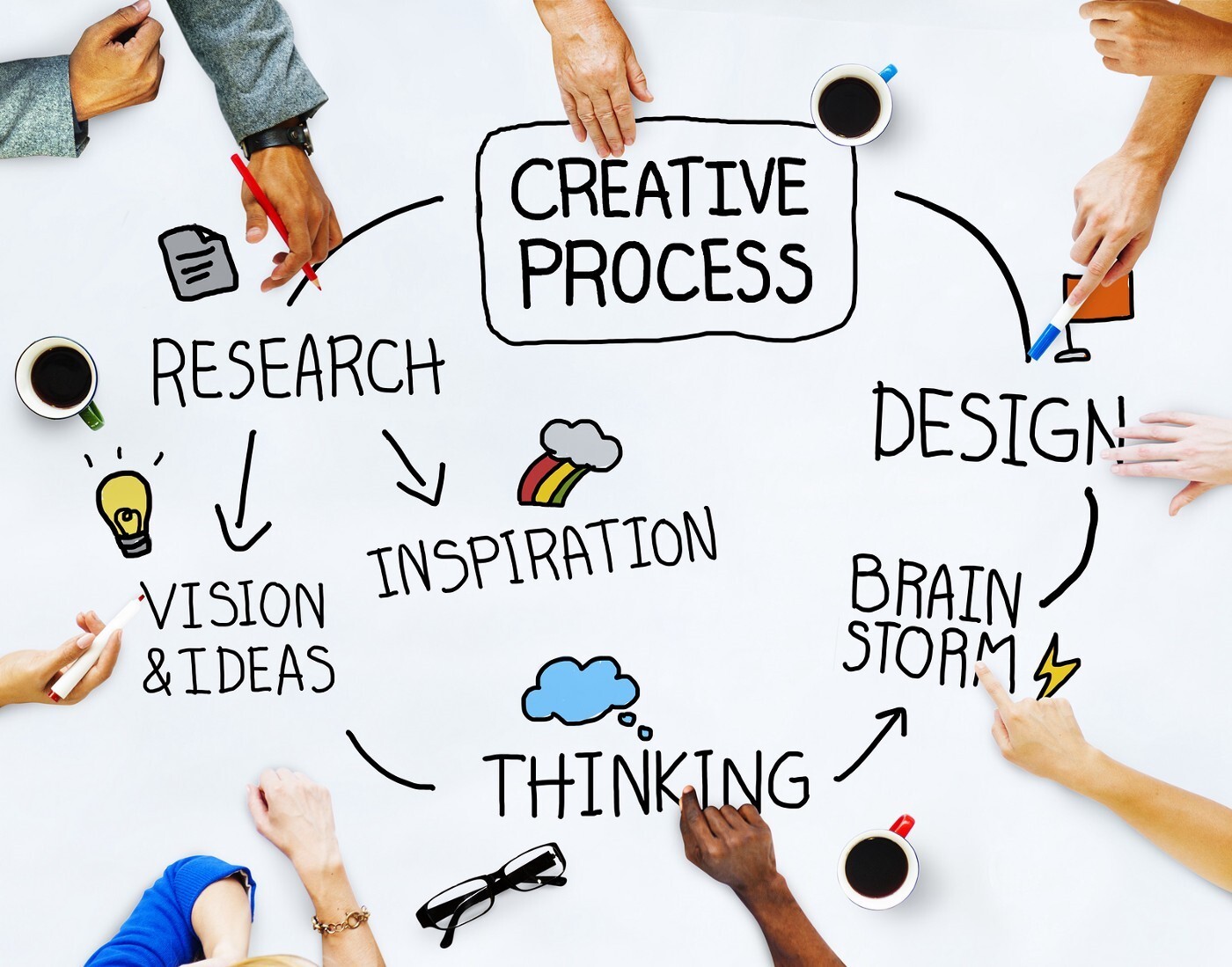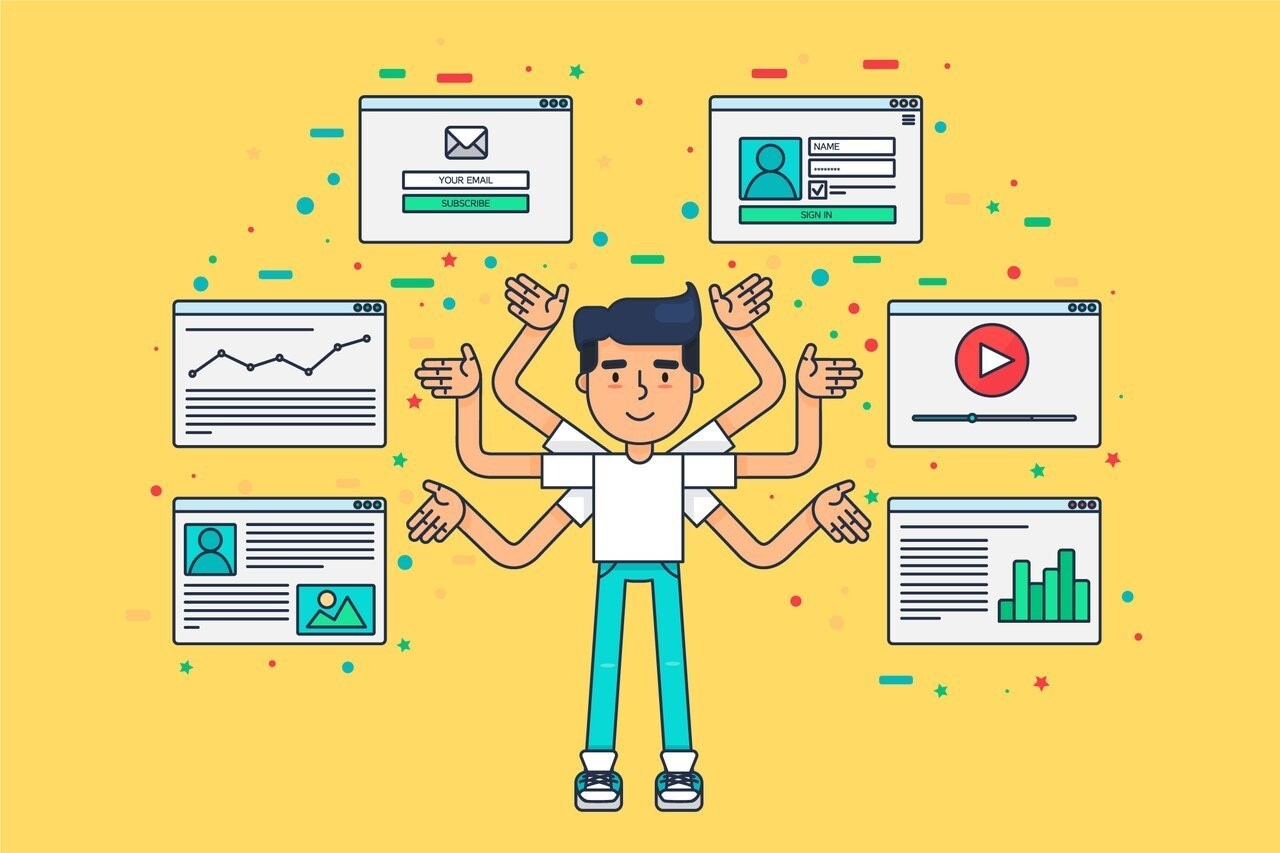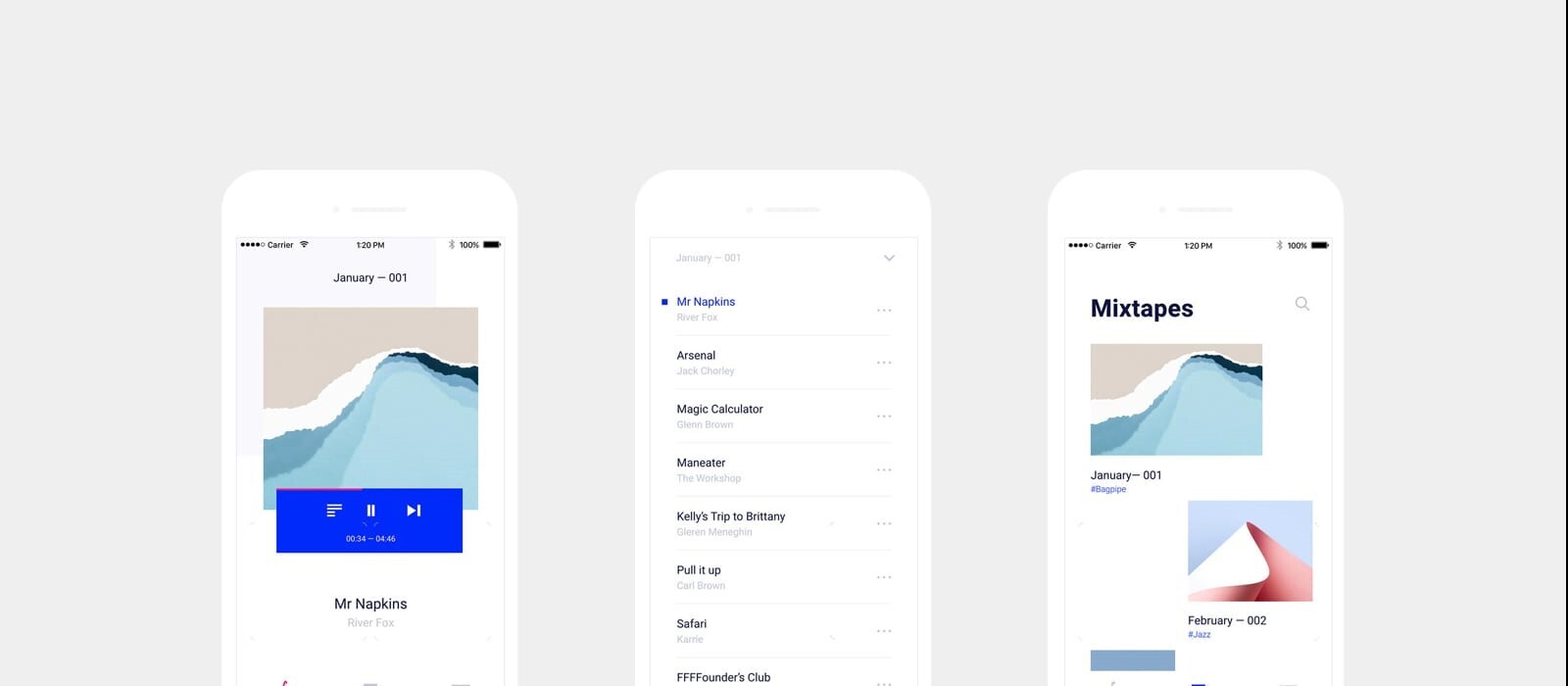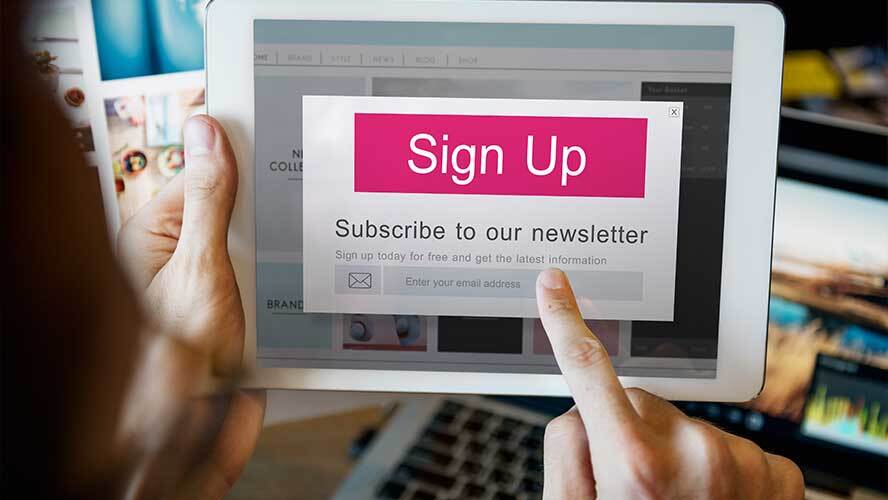Armed with a great app idea, a market-ready to grab it, and a strategy to monetize it, you may think you have it all. But, without a meaningful user experience, your app might fail. It is okay for UX designers to make mistakes; after all, it is how they learn. Sadly, making constant mistakes can make you lag when customers lose trust in your abilities. It is wiser to assess your work and identify the mistakes that you regularly make. Like most UX designers, you probably need to avoid the following seven mistakes.
Mistake Number 1: Thinking only about your needs when creating a UX design

As a UX designer, you are educated, experienced, and knowledgeable about technology. In contrast, the majority of app users are not tech-savvy. They want convenience and simplicity when using a mobile app. If you think only about your needs when designing an app, it might become too complex for an ordinary user.
Also, you might provide excellent UI features but ignore functions that can boost user experience. Designing UX is all about impressing the people who will use the app or product for the first time. It is not about what you do not want because that could be what users want. Moreover, involve every relevant party when creating a mobile app or product design. When you combine your thoughts, you can create an app that can enhance the user experience.
Mistake Number 2: Failure to understand that UX is an ongoing process

Many UX designers reflect on user experience only at the start of a product or app development project. They fail to recognize that user experience is a continuous process. It is necessary to carry out thorough research to understand the needs of the users you are targeting. What might they like or dislike?
Could there be features they might never use even if you include them in your app? It is necessary to make your design intuitive than your competitors’. Even after launching the mobile app, you must constantly enhance the user experience. Once you gather feedback from users, identify and correct the problematic areas. The user experience deserves consideration during the development process and after launching the app. Even after putting it on the market, you should continue to improve it.
Mistake Number 3: Including excess pop-ups and irrelevant notifications

As a UX designer, you might not avoid creating pop-ups. They are easy to execute and straight to the point. Many clients will ask their UX designer to add pop-ups. Although pop-ups can be beneficial when your app or product is new, they cannot attract users forever. Users will get tired of viewing them daily. They may feel annoyed if pop-ups persist in invading their browsing experiences.
Some pop-ups even hide the content the user wants to read. They interrupt users when browsing a website, which can affect them mentally. App users can forget what they wanted to do on your site and hop on to the next website. When designing to enhance UX, look for pop-up alternatives.
For instance, you can add a chatbot to the top or bottom sections. It will ensure that you do not block vital content. It is possible to trigger chatbots with artificial intelligence (AI) just in time to boost user experience. If you have to add a pop-up, make sure it will emerge when a user finishes reading an article, for instance. You can use it to pass a message about a gift, such as an eBook so that the user can feel rewarded rather than interrupted.
Limit notifications within the app too. Do not notify users about things they might consider irrelevant. Instead, create notifications for updating the user about their last actions on the app and what could be new. You can avoid irritating users by limiting the number of updates to the correct level.
Mistake Number 4: Copying what your rivals have done

There is stiff competition among businesses. When a client approaches you to create a mobile app or another design, you must be original. You may research apps made for similar companies, but do not copy them. Although your client’s venture is in the same field as rivals, it has unique objectives, vision, and mission.
You may borrow tips from competitors, but use your creativity and innovative designing tools to establish a unique edge. It is wiser to choose competitor trends that can suit the needs of your clients and their target audience.
Mistake Number 5: Developing a design with excess content
Although users need information, do not overwhelm them with too much data. Doing so can cause confusion and disinterest. An app that enhances user experience presents information most simply. Users want direct answers to save time and accomplish their goals quickly.
So it might be a better idea to use visuals rather than text to make your design more articulate and fun. If you need to create an app for drivers looking for parking spaces, you can create a green button and a red button instead of writing green and red. People already know that in road signs, green mean go and red means stop. They will process this information fast in their minds and know if there is a parking space or not.
Once more, divide different types of content among various screens. Do not jam the first screen with tons of content. If you do so, users might not like your app. In all, remember that a perfect UX design does not omit necessary content. So, make it brief without omitting the necessary content. People love using the Uber app because it is so easy to use. Users can make a decision quickly after consulting it.
Mistake Number 6: Developing an intricate design with too many features

You can animate your UX designs, but do not overdo them. Animations are ideal when creating gaming apps. When creating regular apps, too many animations can ruin your design. It can complicate the design and distract people. As we have noted all along, app users want easy content. Too many features, animations, and other design elements can remove the user experience you are trying to create.
Try to find the correct balance to avoid creating a complex design. All of us have been to an eatery with a broad menu that had every cuisine. You probably got tired of perusing the menu and got the information you needed straight from the waiter. It is the same thing people are likely to feel when they encounter an app that seems to offer everything.
It is wiser to make an app about a particular service that users might want to access quickly on their mobiles phones. For instance, the Color Labs app that came up in 2011 failed because it was too complicated. Users had a hard time deciding how to use different features. That is how it failed. Instagram, on the other hand, got so successful that millions of people use it to exchange photos. Do not bloat your apps with features if you want to succeed as a UX designer.
Mistake Number 7: Forgetting that a simple UI still matters

Even if you are a UX designer, keep UI designing principles in mind. After all, you will invite users to have the best experiences with your app via the UI. If the user interface is easy to use, it will drive people to learn how the app works. Most UX designers complicate the UI. So they end up making poor first impressions.
Ensure that the UI provides correct information in a simple format. Each screen on an app should have a maximum of three steps or touchpoints. As a result, you will attract users to your UX design and sustain them. Several steps might prompt the user to leave your app.
Even as you create a simple UI, do not confuse it with UX. Use both of them as they are inseparable, but know the purpose for each. UX and UI are not the same, however. User Interface entails external interfaces that users see first when they click your app. It has to be visually attractive. In contrast, UX is more hidden and invisible to the user, but they should process it quickly and naturally.
Conclusion
Everyone wants to be a good UX designer. Although you cannot avoid making a mistake, you should strive to perfect your skill. If you avoid the seven mistakes we have disclosed, you will take your UX career to the next level. If you want your app to appear on the top-rated apps page on Google, gather users’ feedback. When you listen to the users, you can find out their complaints and solve them. Users will be happy, and their feedback will push your app higher on the App store. Many more people will find your app.




